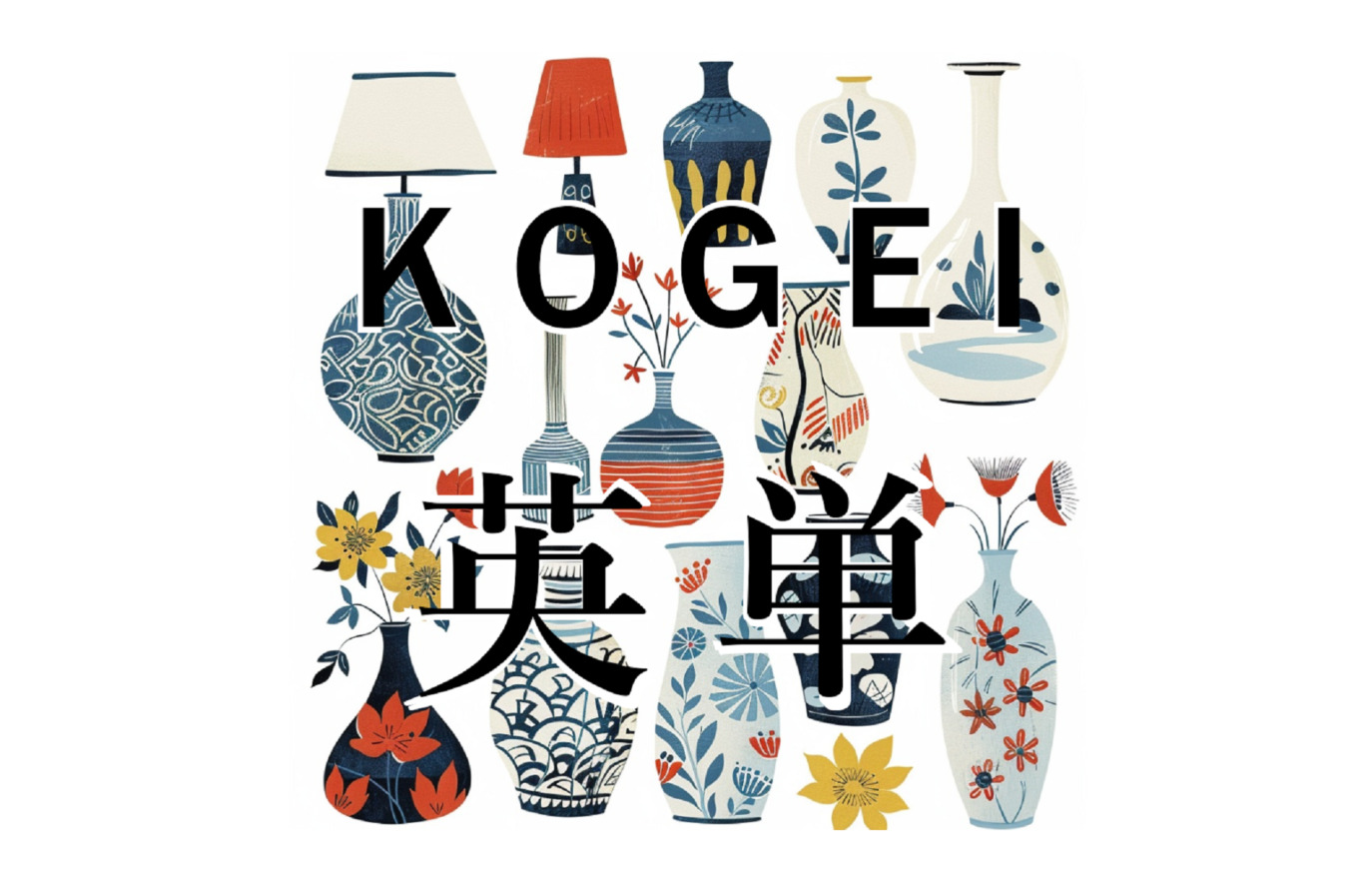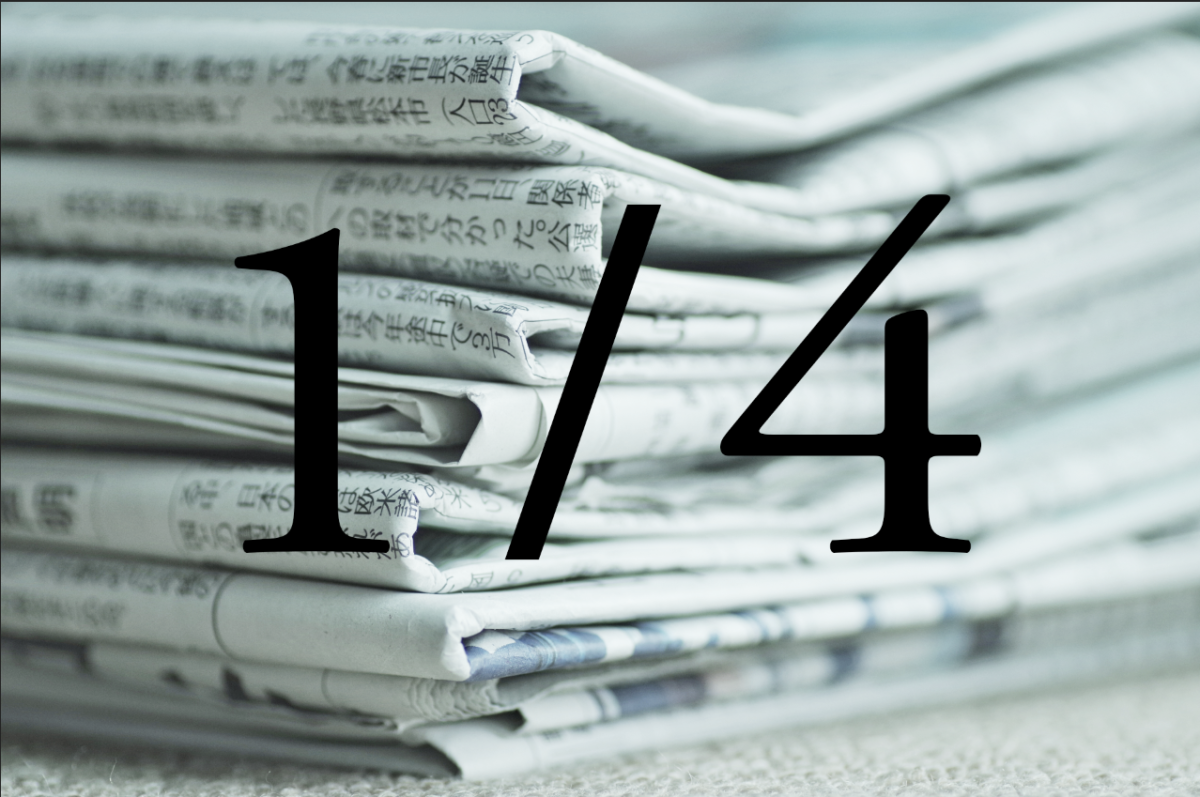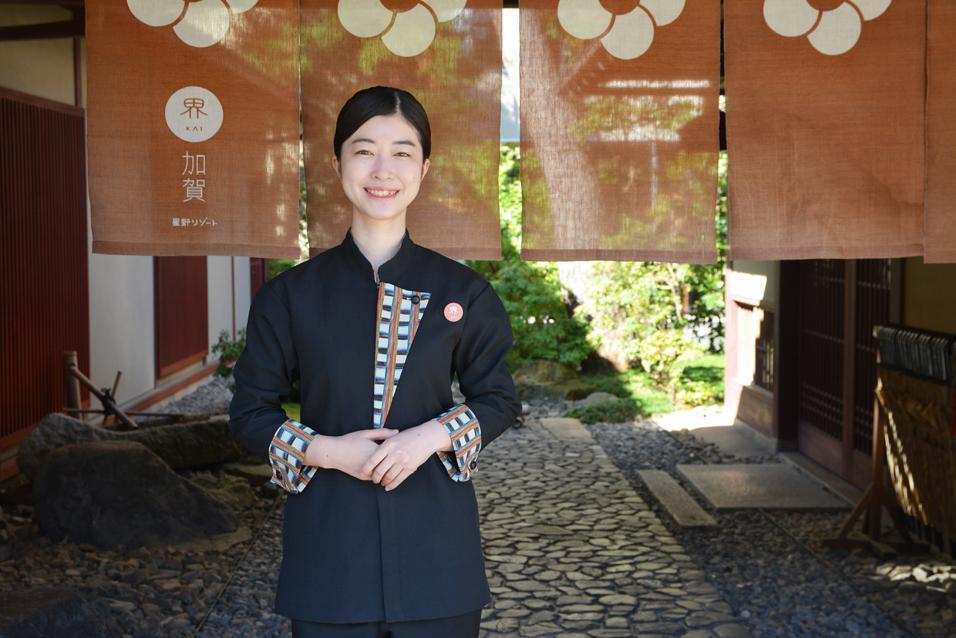The jobs-to-applicants ratio for university graduates falls below one for the first time [25-year ago today]
The jobs-to-applicants ratio for university and graduate students who are to graduate in the spring of 2000 becomes 0.99 due to the prolonged recession following the collapse of the bubble economy, lower than 1.08 for 1996, called the “super ice age.”
It is the first time the ratio has fallen below 1.00 since Recruit Research (Tokyo) began its survey in 1984.
The ratio for two-year college graduates also has fallen to 0.40.
Q. What does the jobs-to-applicants ratio mean?
It is an economic indicator used to judge the economy. It indicates how many job offers exist per job seeker.
412,300 university and graduate students who will graduate in the spring of 2000 seek employment in the private sector, but the total number of job offers is 407,768. This means the number of jobs decreases than the number of job seekers.
The jobs-to-applicants ratio above one means a labor shortage because many jobs are open to job seekers. The ratio below one means hard times for job seekers because insufficient jobs exist.
In particular, the ratio at big businesses with over 1,000 employees has fallen low to 0.49.
参考北國新聞
富山新聞
福井新聞
読売新聞
朝日新聞










Like op-ed
For this article, we are waiting for your positive, constructive and responsible opinions and comments. Only members can post.
Only members can post. please login.